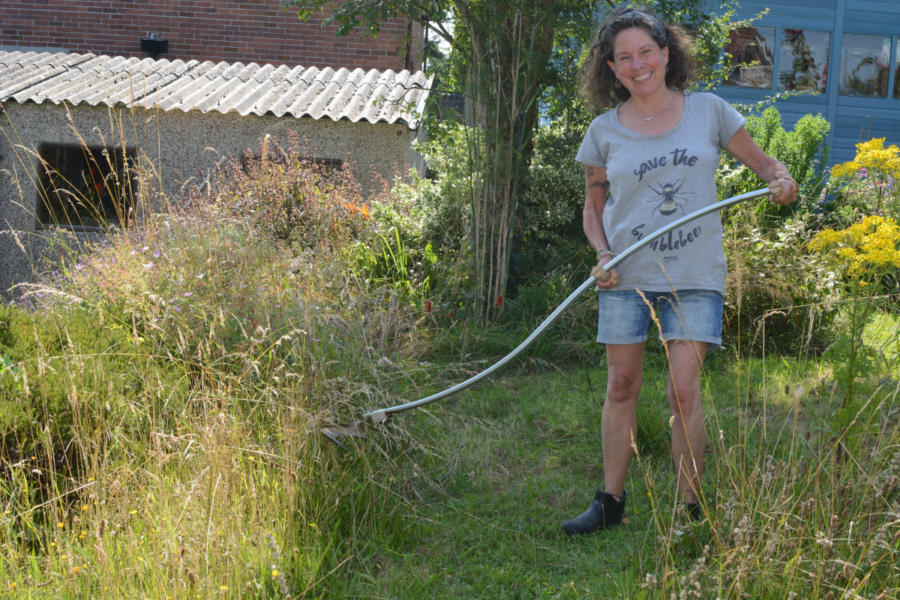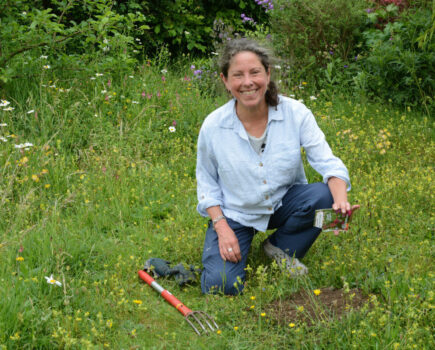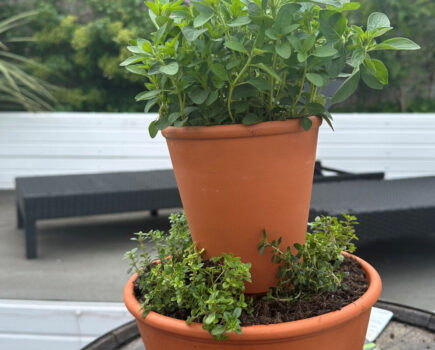Keep it healthy and watch out for pests, says Ruth
In the last issue, my colleague Toby Buckland wrote about the joys and pitfalls of having a wild meadow instead of a manicured lawn, and this week I’ve been putting his wise words into practice.
We routinely leave our front and back lawns to largely grow as they wish, only mowing a few paths and patches for convenience. Most years it pays rich natural dividends, with a mix of wild flowers and native grasses, as well as plenty of butterflies, moths and other insects which in turn bring in the bats and birds. This year has been different though, with more tough, rank grasses, fewer flowers and a sorry dearth of insects.
We are pretty sure the cold wet weather is at the root of the problem – experts from Butterfly Conservation certainly agree that it is the cause of such a drop in butterfly numbers this year – and hopefully with some judicious weeding and reseeding this autumn it will bounce back next year.
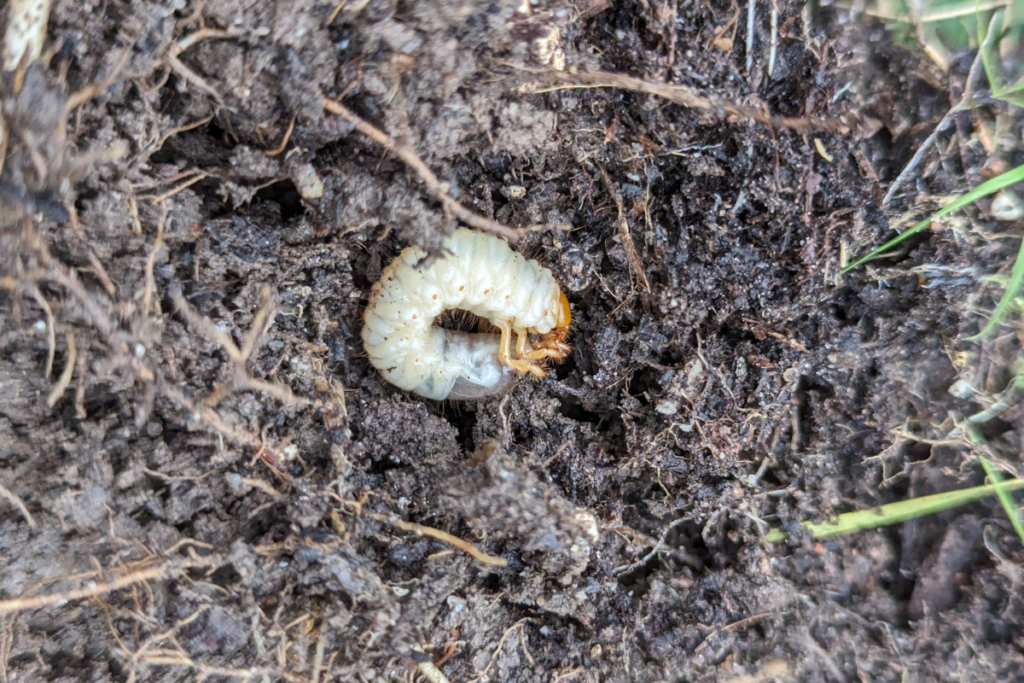
But for now all we can do is cut down the plants, leave the important ones to shed their seeds and add them to the compost before they can rot down and enrich the soil. As Toby suggests, we use a scythe sharpened with a whetstone for speed and convenience (it also keeps you fit!) and then rake up the leavings.
Keeping on top of traditional lawncare doesn’t stop in summer. Mowing every week to 10 days, pulling out perennials weeds, and edging all need doing. Hold off feeding until the autumn, and then use a specific autumn feed to avoid lots of lush new growth that may be damaged or killed off by winter cold. I also wouldn’t bother watering, even if your lawn looks parched and dry, because it will soon green up again once the rain returns.
One problem that may start cropping up now is the presence of chafer grubs in your lawn. These are the large, brown-legged larvae of chafer beetles that are often seen bumbling and buzzing around trees and shrubs at dusk in early summer. Some chafer species lay their eggs in lawns and the grubs eat the grass roots, causing yellow patches in the sward. The problem is often aggravated by birds, especially starlings and the crow family (lovely though they are), that peck at the grass to get at the grubs, causing further damage.
If grubs are present they will be active from now until April, and are best treated with a nematode, though they are most effective from July until September when the temperature is warm.
Four lawn jobs
Keep grass looking its best
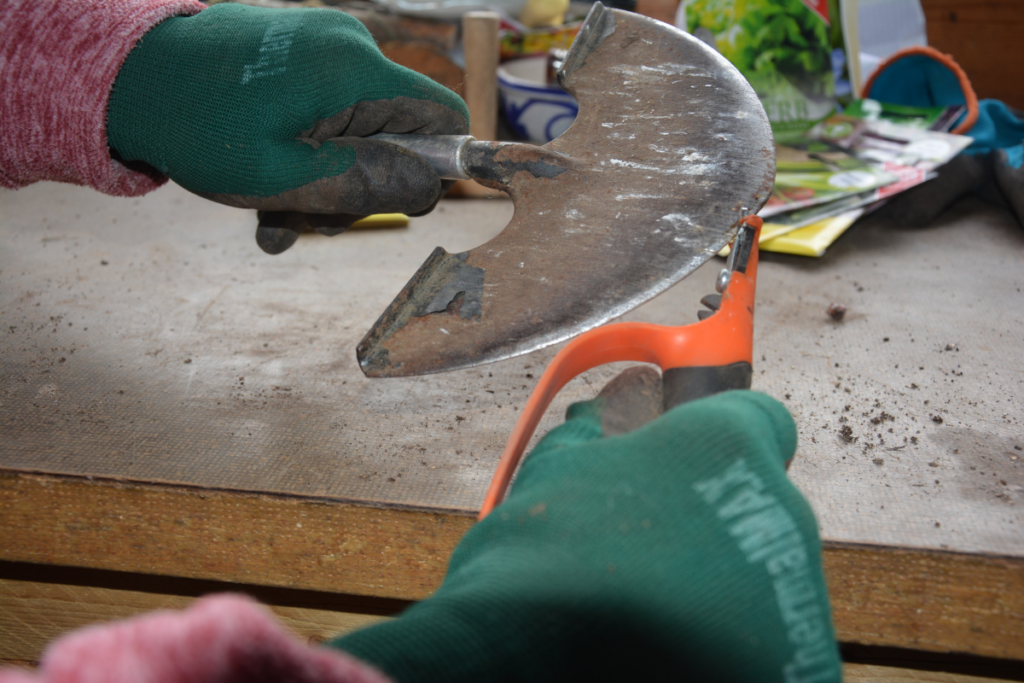
1. Neat lawn edges immediately spruce up the garden so keep your half-moon sharpened.
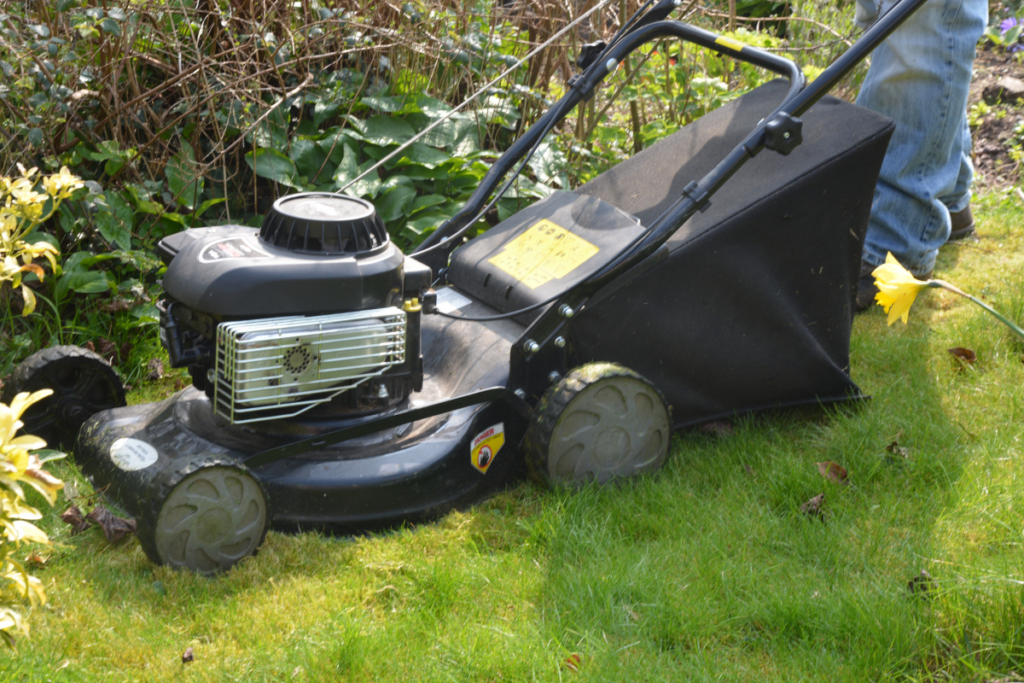
2. Mow every 7-10 days with a high blade as shorter grass will lose moisture faster and a low blade can scuff and damage the soil.
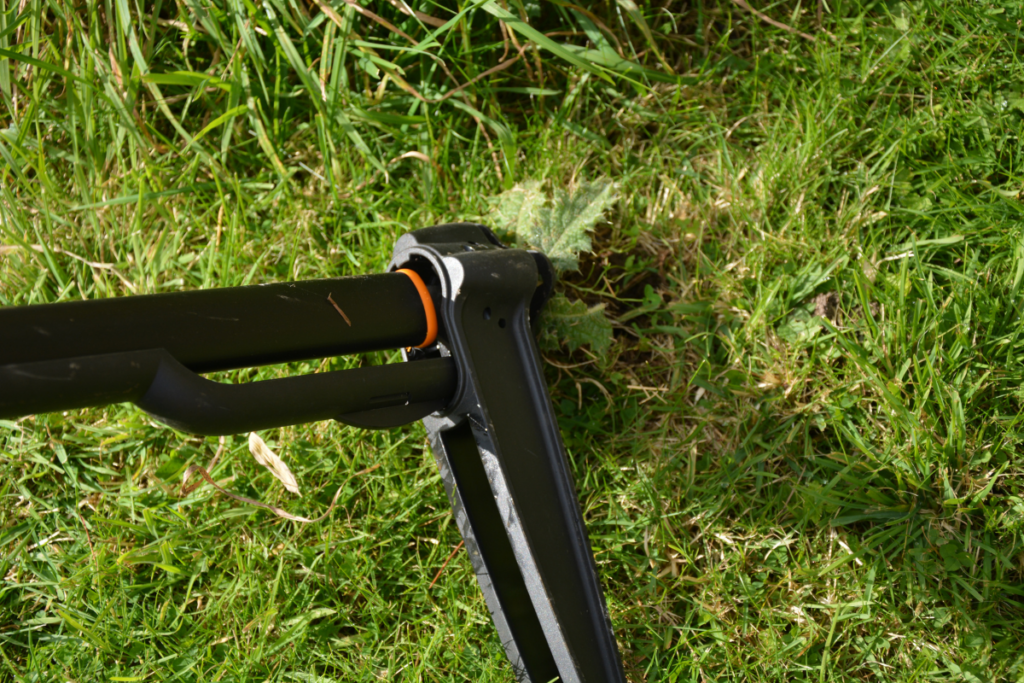
3. Keep on top of perennial weeds. Weed pullers are effective and easy to use.
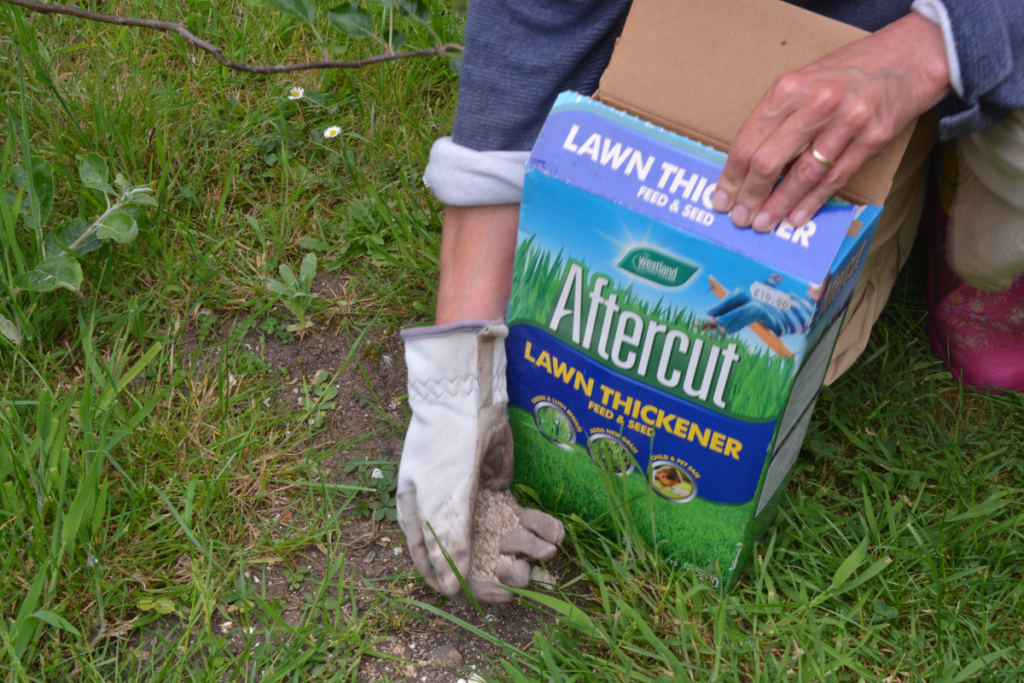
4. Bald areas, such as where weeds have been lifted, can be patch-sown now but remember to water regularly and protect the seed from cheeky birds.
Find more tips, advice and articles like this at the Amateur Gardening website. Subscribe to Amateur Gardening magazine now

